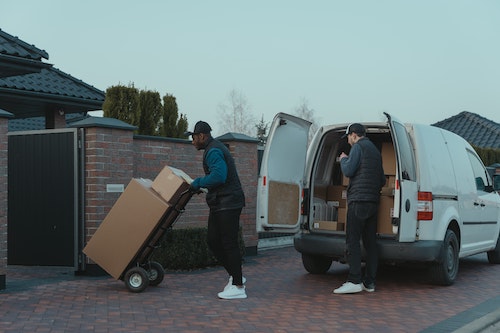How to Arrange Bulky Sports Kit Transportation

Transporting bulky sports equipment can be a logistical challenge, whether you’re moving gear for a local team, heading to a tournament, or relocating your own collection. Ensuring that your sports kit arrives safely and efficiently requires careful planning and execution. Here’s a comprehensive guide on how to arrange bulky sports kit transportation.
Assess Your Equipment
Before you start arranging transportation, take stock of what needs to be moved. Bulky sports kits can include items like goalposts, nets, bicycles, and large bags of gear. Make a list of all items, noting their dimensions and weight. This will help you determine the best transportation method and the required packaging.
Choose the Right Transportation Method
The method of transportation will largely depend on the distance and the volume of your sports equipment.
- Personal Vehicle: A personal vehicle might suffice for short distances and smaller amounts of gear. Ensure that the vehicle is appropriately sized for your equipment. Use roof racks, trailers, or the back seat effectively to secure your items.
- Professional Movers: Consider hiring professional movers for longer distances or larger quantities. They can handle packing, loading, and unloading, and often have the necessary equipment to safely transport bulky items. You can get quotes at shiply.com.
- Specialized Transport Services: Some companies specialize in transporting sports equipment. They are equipped to handle the unique needs of bulky and fragile items, offering customized solutions.
Proper Packing and Protection
Packing bulky sports equipment properly is crucial to prevent damage during transit.
- Disassemble Where Possible: If your equipment can be taken apart (e.g., goalposts or bike parts), disassemble it to make packing more manageable and reduce the risk of damage.
- Use Protective Materials: Wrap items in bubble wrap or foam padding. For delicate or easily scratched items, consider using padded covers or blankets. Secure all loose parts and ensure everything is tightly packed to prevent shifting.
- Label Clearly: Label all boxes and containers with their contents and any handling instructions. This helps with easy identification and careful handling during loading and unloading.
Secure the Load
Securing your load is essential for a smooth transportation process.
- Use Straps and Tie-Downs: In a vehicle or trailer, use straps or tie-downs to secure your equipment. This prevents shifting and potential damage while in transit.
- Balance the Load: Distribute weight evenly to ensure stability and prevent any issues during transportation.
Plan for Loading and Unloading
The logistics of loading and unloading can make a big difference in the efficiency of your transportation process.
- Equipment: Use equipment like dollies, hand trucks, or forklifts, if available to move bulky items. This minimizes physical strain and potential damage.
- Helpers: Enlist the help of others to handle heavy lifting. Having additional hands can make the process quicker and safer.
Check Regulations and Insurance
Different transportation methods and routes might have specific regulations or insurance requirements.
- Check Regulations: Ensure that your equipment complies with transportation regulations, particularly if crossing state or national borders.
- Insurance: Consider purchasing insurance for your equipment, especially if it is valuable or fragile. This provides peace of mind in case of damage or loss.
Confirm Delivery and Follow-Up
Ensure that all details of the transportation are confirmed, including delivery times and addresses. Follow up to verify that your equipment arrives as planned and is in good condition.
By taking these steps, you can streamline the transportation of bulky sports kit, ensuring that your gear arrives safely and ready for action. Careful planning and attention to detail are key to overcoming the challenges of moving large and cumbersome items.
Last Updated on September 4, 2024

